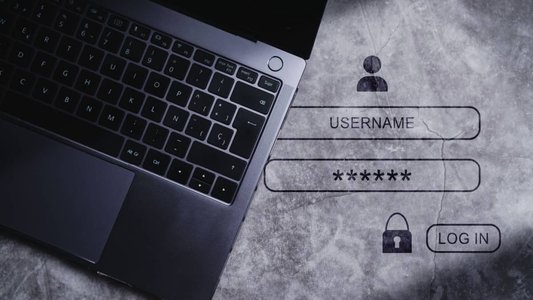 </picture>
</picture>
Electronics grade silicone adhesive saves the day... eventually.
I've been busy during the past few weeks upgrading one of my 3D printers -- the Creality K1C -- to work as a four-color 3D printer . This process has involved tearing the printer apart to replace many parts .
I started the work at the beginning of the month, only to find out that the upgrade kit was missing two vital screws. That gap put the job on hold until I could get replacements.
Also: You've been using super glue all wrong
Fast forward to the other day, when the replacement screws landed, and I was ready to get the printer operational again. As the upgrade added some electronics to the printer, several new wire connectors needed to be fitted. There's a lot of vibration and heat inside a 3D printer, so I wanted to ensure an adhesive held these connectors in place.
However, I didn't have any adhesive, and because I was in a hurry to finish, I didn't want to wait for it to be delivered -- and rushed the job. Yesterday, the 3D printer threw up a curious error message, and after a few minutes of troubleshooting, it turned out one of the connectors I had fitted in haste worked loose from a few days of shaking about. More haste, less speed.
Also: My $8 secret to keeping my DIY electronic repairs sealed and secured
I'd run out of electronics-grade silicone adhesive. Like the silicone you use in your bathroom for caulking, this adhesive seals joints and keeps connectors in place. If you've taken things apart, you've likely seen it before. Before you ask, no, you can't use regular DIY caulking silicone because that uses an acid to cure (that's what that vinegar smell is) and will cause corrosion.
With my printer, the idea is to fit the connector and then apply a dot of adhesive to keep it in place. Of course, never use an adhesive inside the connector. You just need a dot (or blob) of adhesive because you never know when you might want to remove it:
Tiny dots -- or in my case, blobs -- are all you need.
If you ever want to remove the adhesive, a drop of isopropyl alcohol will help it release.
Also: I calculated the hidden costs of an iPhone made in America. It's not pretty
My silicone of choice is Chipquik EGS10 . This adhesive comes in three colors -- white , black , and clear -- and is supplied in a 20-gram tube. If this silicon is out of stock, then there's ASI 388 and Ganbaro electronic adhesive , which are great alternatives. Prices range from $8 to about $13.
When you get the tube, it will be sealed. Don't chew off the end or chop at it. Trim the seal off carefully, because the better you open it, the easier it is to apply the silicone accurately:
Chop off the tiniest bit off the end of the tube.
If you repair electronics, get some adhesive. Silicone is great at keeping connectors in place, securing cables, waterproofing enclosures, and even repairing cracks in plastic housings. It's very versatile stuff.
Featured
-
<picture class="c-cmsImage" style="aspect-ratio:459/238.5;">Slow Roku TV? This 30-second fix made my system run like new again
</picture>
-
<picture class="c-cmsImage" style="aspect-ratio:459/238.5;">I replaced my Samsung S25 Ultra with this rugged model that's half the price - and didn't regret it
</picture>
-
<picture class="c-cmsImage" style="aspect-ratio:459/238.5;">Your Asus router may be compromised - here's how to tell and what to do
</picture>
-
<picture class="c-cmsImage" style="aspect-ratio:459/238.5;">I wore smart glasses with built-in hearing aids for a week, and they're a promising alternative
</picture>


















